Table 2.
Algorithmic overview with prominent examples of implementation in cardiology.
| Type of algorithm | Functioning | Advantages | Drawbacks | Implementation |
|---|---|---|---|---|
| SUPERVISED lEARNING | ||||
Decision trees, random forest, boosting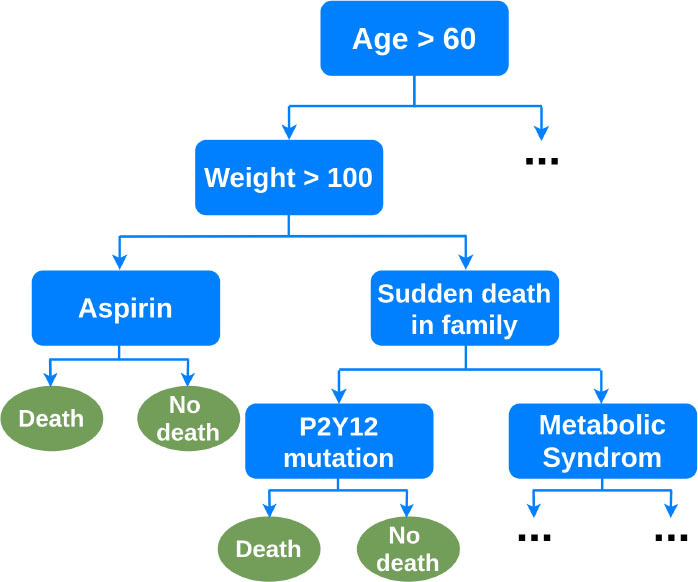
|
Decision trees are flowchart-type algorithms. Each variable is a condition on which the tree splits into branches, until the outcome “leaf.” Random forest and boosting are it's derivatives. | Interpretability. Integrated feature selection. No preprocessing. Handles non-linear relationships. Requires less data than neural networks. |
Computationally expensive. Can overfit or create biased trees in case of unbalanced outcome classes. | Long-term cardiovascular outcomes prediction from clinical, ECG, imaging, biomarker data (15) 5-year mortality prediction from clinical and coronary CT data (48) 30-day readmission after heart failure hospitalization (49, 50) In-hospital mortality prediction after acute myocardial infarction (51) Long-term death or myocardial infarction prediction from coronary CT data (52) |
Support vector machine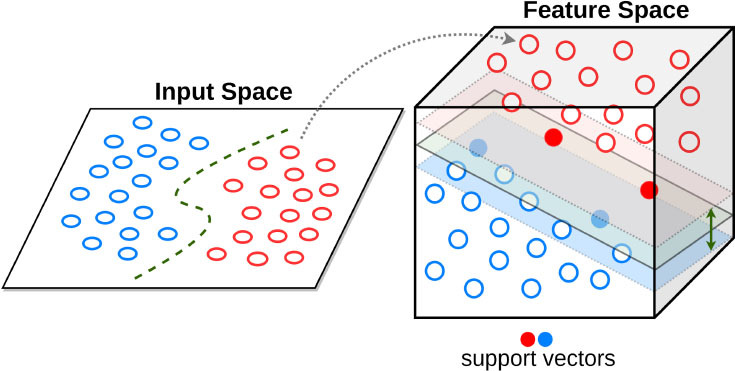
|
Builds a hyperplane in a high-dimensional space to separate the data into 2 outcome categories with the maximum margin. | Can integrate many sparse features, limits overfitting and is computationally effective | Needs preprocessing. Limited interpretability | Automated echocardiographic assessment of mitral regurgitation (53) Mortality prediction of TAVI outcomes (54) |
Regularized regression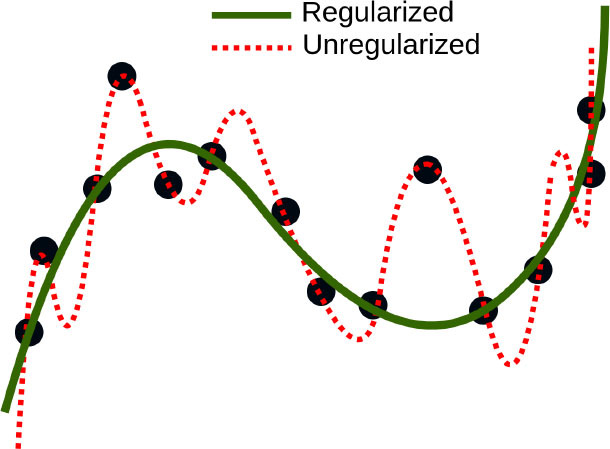
|
Type of regression where coefficient estimates are constrained by penalty terms (ex: LASSO, ridge) | Familiar interpretations for association of variables to outcomes applied to high-dimensional data | Variable pre-selection is often advisable. Performance stalls for very high-dimensional data |
1-year mortality predictors after MitraClip implantation (55) Identification and prediction of adverse clinical outcomes after pediatric cardiac surgery (56) |
| UNSUPERVISED LEARNING | ||||
K-mean clustering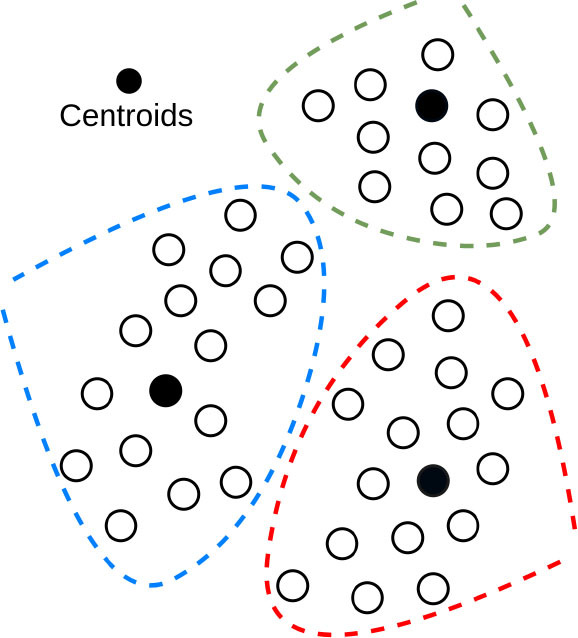
|
Assigns each data point to a cluster (group; with k the number of groups) based on its distance from the other points | Easy to implementent. Computationally fast. | Number of groups must be known or assigned. | Separate QRS and non-QRS-region in the ECG signal (57) |
Principal component analysis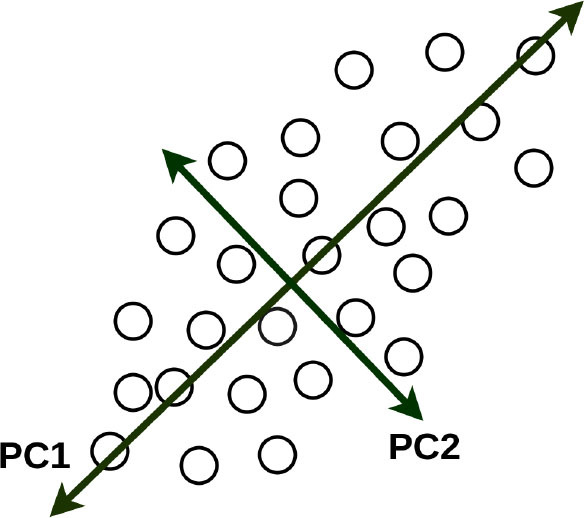
|
Uses orthogonal transformation to convert possibly correlated variables into a set of linearly uncorrelated principal components. | Can be used for dimensionality reduction. | Only captures linear relationships. Limited interpretability | MACE prediction from clinical and biomarker data representing metabolic syndrome (58) Evaluating 3D aortic shape and hemodynamics (59) |
| SHALLOW NEURAL NETWORKS AND DEEP LEARNING (MAINLY USED FOR SUPERVISED LEARNING) | ||||
Shallow neural networks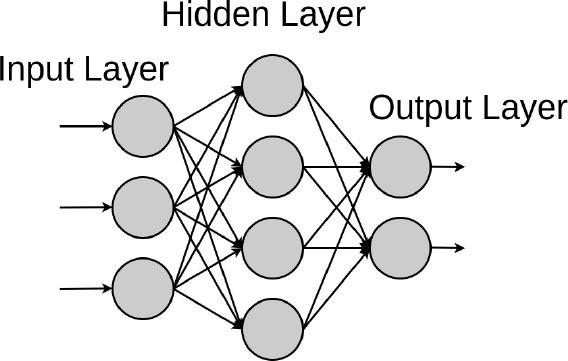
|
A set of nodes (“neurons”) is arranged in layers connected by edges (weights). The network connects input data to the outcome to predict through a paralleled set of parameterized non-linear transformations. | Can explore non-linear relationships (often encountered in real-life datasets) as well as linear ones. NN can handle heteroskedasticity, have been praised for the generalizability of the trained models, and are computationally effective. Flexible. | Variable pre-selection is often advisable. Needs variable pre-processing. | Diagnosis of coronary artery disease from myocardial perfusion scintigraphy (60) |
Deep fully connected neural network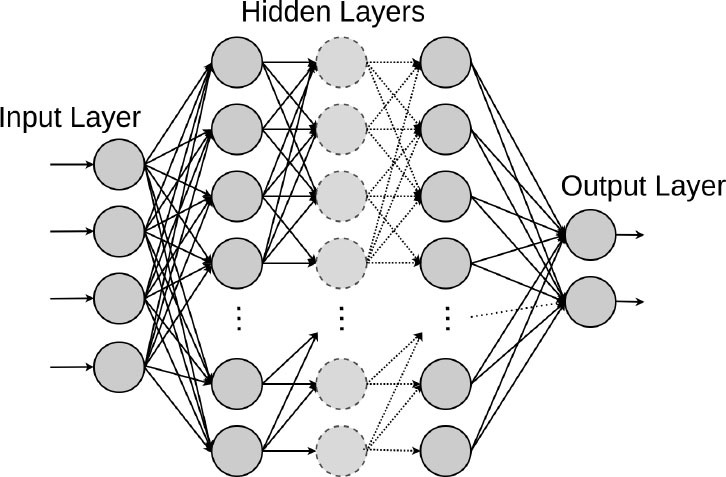
|
An extension of the shallow NN architecture, but that uses many hidden layers (layers between input and output). Weights and biases of the NN are trained via back-propagation. | Performance increases with the quantity of data. Surpass other machine learning methods for very high-dimensional data. Flexible architecture and basis of CNN, RNN | Requires a high quantity of data. Can easily overfit. Low interpretability Sensible to changes in input data. | Mortality, readmission, LOS and diagnosis prediction from EHR (13) Mid-term mortality prediction from EHR (14) Computation of Fractional Flow Reserve (FFR) from Coronary Computed Tomography (18, 19) Risk stratification for mortality of AMI patients (61) |
Convolutional neural network
|
Type of NN which learns multiple levels of feature sets at different levels of abstraction. | One of the most popular deep learning architectures. Flexible. Optimal for image classification. | Requires a high quantity of data. Can easily overfit. Low interpretability | 3D aortic valve annulus planimetry in TAVI (62) TTE view identification from images (63) Popular for automated heart chamber segmentation and measurement (64) Early Detection of STEMI (65) |
Recurrent neural network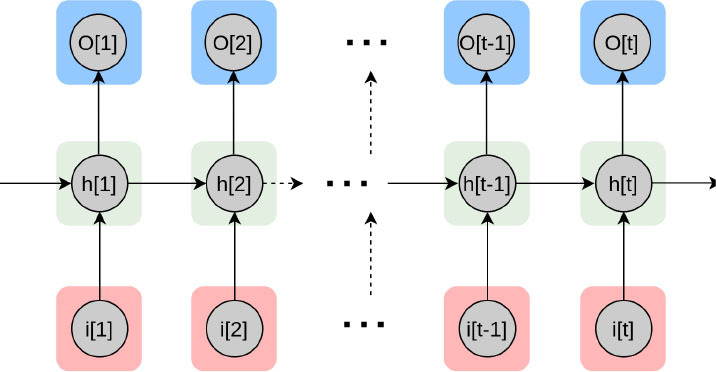
|
Type of NN which encodes sequential data by capturing context into memory. | Adapted for natural language processing, text or video, genetic sequences or any other temporal data (66–69). | Computationally expensive. Limited quantity of encodable data. | EHR text data extraction for mortality prediction in congenital heart disease (70) Diabetes, high cholesterol, high BP, and sleep apnoea prediction using sensor data (71) Automated selection of myocardial inversion time (72) |
| UNSUPERVISED DEEP LEARNING | ||||
Autoencoder 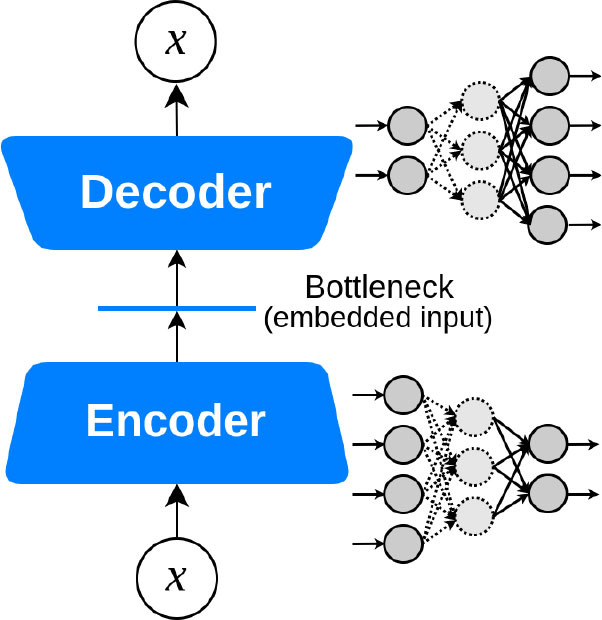
|
Encodes the most valuable unlabeled inputs into short codes, then uses those to reconstruct the original input as output. | Dimensionality reduction. Optimal for denoising filtering, image segmentation (73). | Low interpretability | MRI-extracted cardiac motion model denoising for survival prediction (74) U-Net for the segmentation of major vessels in X-ray coronary angiography (75) |
Deep generative models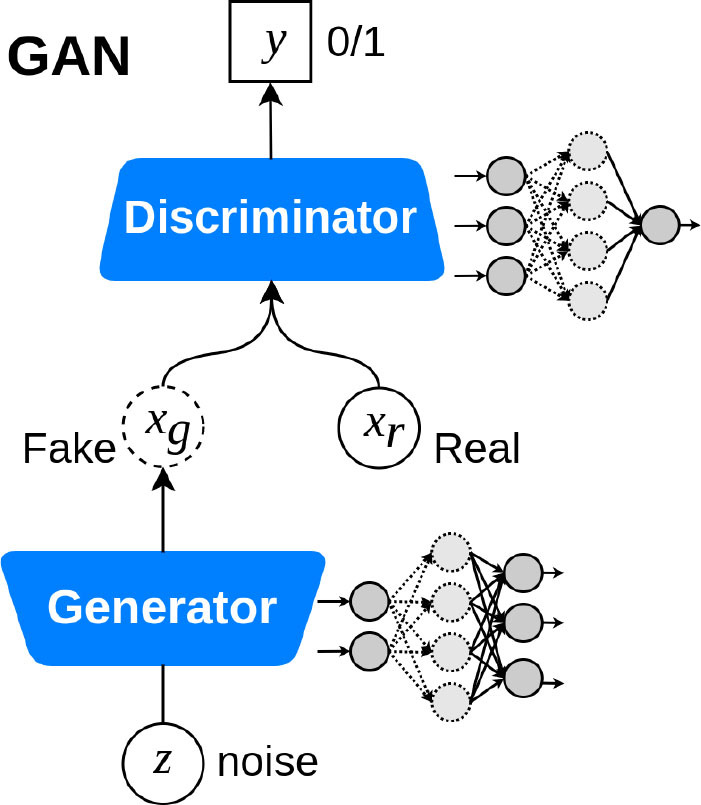
|
Model a distribution that is as similar as possible to the true data distribution with the help of GANs or VAEs | Data augmentation and preserving data privacy with the help of synthetic data samples. Domain translation and domain adaptation. Content and style matching using adversarial inference (76, 77). | Could be computationally expensive. The models are still in the stage of getting mature for high-fidelity data sample generation. Lack of stability at training time. | Noise reduction in low-dose CT (78) GANs for multiphase coronary CT angiography (25) Synthetic electrocardiogram generation (79) |
| REINFORCEMENT LEARNING | ||||
Deep reinforcement learning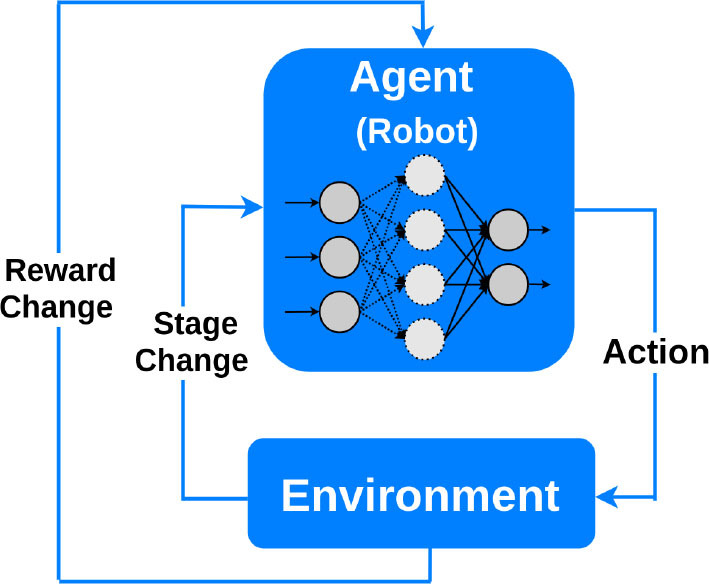
|
RL learns how to maximize a reward function by exploring the actions available from certain states. A deep RL agent tests an action to see what reward will be returned by the environment in which it acts. | Besides robotic assistance, potential applications include: microbots that can travel through blood vessels to deliver medications; interventional training simulator and tele-intervention (7). | Still in the state of infancy. Complexity and cost. Not preferable to use for solving simple problems. Huge training data demand. | The control of an electrophysiology catheter by robots (32) Robotic-PCI reducing contact with COVID-19 patients undergoing PCI (80, 81) |
AMI, acute myocardial infarction; EHR, electronic healthcare records; LASSO, least absolute shrinkage and selection operator; MACE, major adverse cardiovascular event; NN, neural network; CV, cardiovascular; MRI, magnetic resonance imaging; ECG, electrocardiogram; BP, blood pressure; CT, computed tomography; TAVI, transcatheter aortic valve implantation; PCI, percutaneous coronary intervention; VAE, variational autoencoders; GAN, generative adversarial networks; RL, reinforcement learning; STEMI, ST-segment elevation myocardial infarction.
